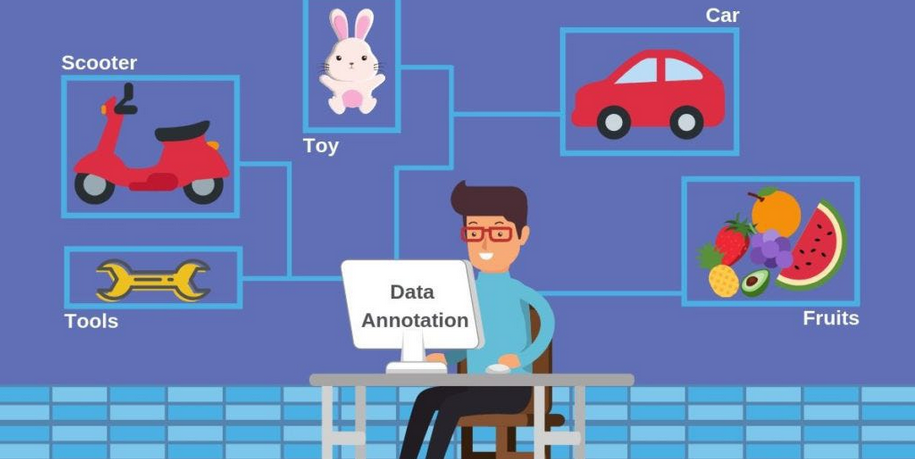Semi-automated labeling involves a combination of automated tools and human intervention to label datasets. Automated methods assist human annotators in the labeling process but may not fully replace human input. The following list discusses various features of this method:
- Workflow: Automated algorithms perform an initial labeling of data. Human annotators review and correct the automated labels. The corrected labels are used to refine the model or dataset.
- Benefits: It speeds up the labeling process by leveraging automation. It maintains the accuracy and quality of labels through human review.
- Challenges: It is dependent on the accuracy of automated algorithms. It requires a balance between automation and human expertise.
- Decision-making by automation: In semi-automated labeling, automated algorithms are involved in the initial labeling of data. The automation might include pre-labeling based on algorithms, heuristics, or rules.
- Human review and correction: Human annotators review the automated labels and correct them as needed. Annotators might also add or modify labels based on their expertise. The corrected labels contribute to refining the dataset or model.
Key points of distinction between these two methods are as follows:
- Initiation of labeling: In active learning, the model actively initiates the process by selecting instances for labeling. In semi-automated labeling, automation takes the lead in the initial labeling, and human annotators review and correct the labels afterward.
- Query strategies: Active learning involves specific query strategies designed to maximize information gain for the model. Semi-automated labeling might rely on heuristics or algorithms for initial labeling, but the emphasis is on human correction rather than model-driven query strategies.
- Decision responsibility: Active learning places more decision-making responsibility on the model. Semi-automated labeling involves a more collaborative approach where both automated algorithms and human annotators contribute to decision-making.
While both approaches aim to make the most of human annotation efforts, the active learning process is more driven by the model’s uncertainty and improvement goals, while semi-automated labeling focuses on a collaborative effort between automated tools and human expertise. The choice between them depends on the specific needs of the task and the available resources.
Summary
In this chapter, we have learned how to use Azure Machine Learning to label image, video, and audio data. We also learned about the open source annotation tool Label Studio for image, video, and text annotation. Finally, we learned about pyOpenAnnotate and CVAT for labeling image and video data. Now, you can try using these open source tools to prepare the labeled data for machine learning model training.
As we reach the final pages of this book, I extend my heartfelt congratulations to you on completing this insightful journey into the world of data labeling for image, text, audio, and video data. Your dedication and curiosity have paved the way for a deeper understanding of cutting-edge technologies. May the knowledge gained here continue to inspire your future endeavors. Thank you for being a part of this enriching experience!
